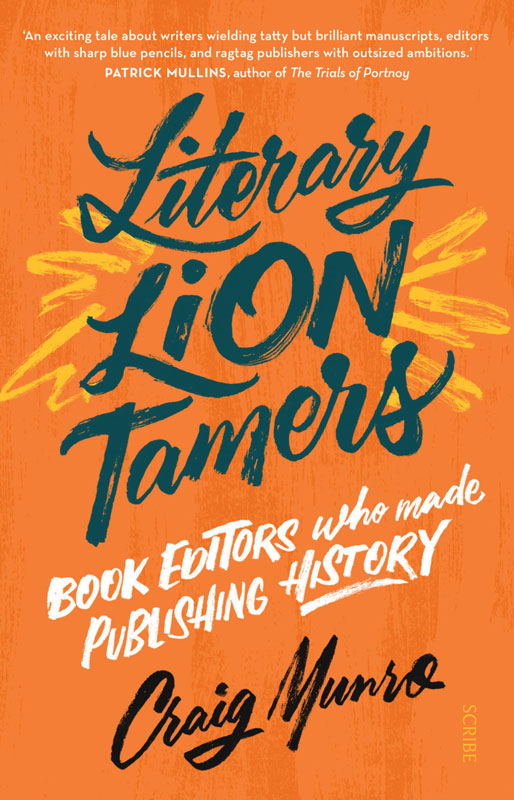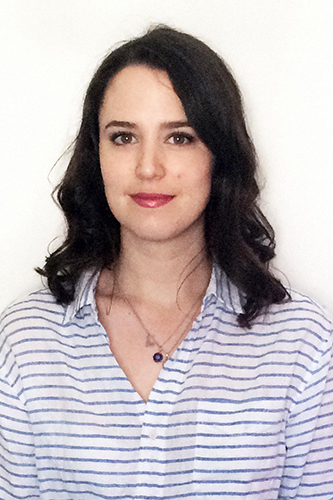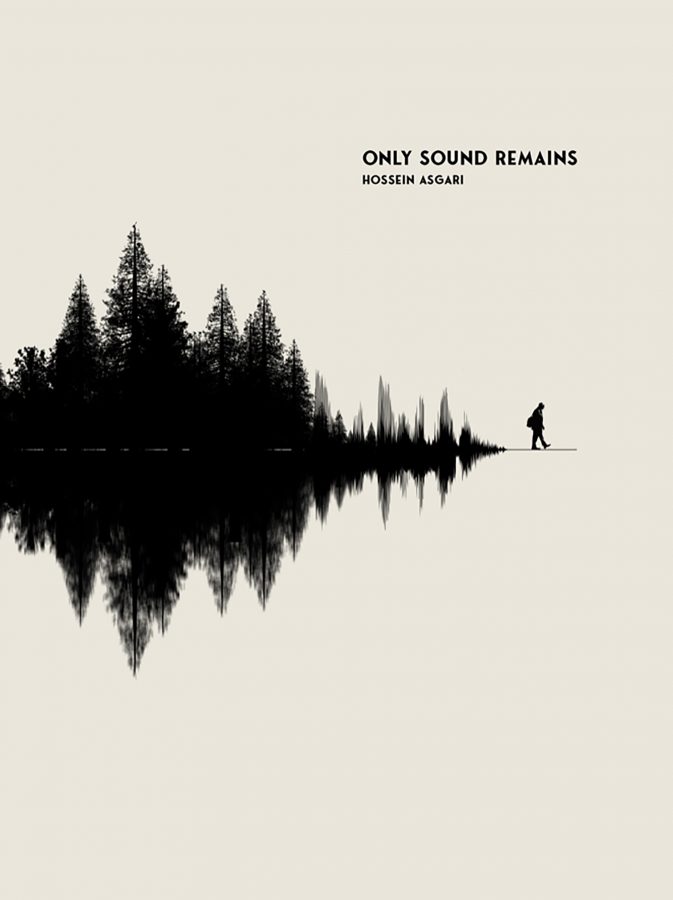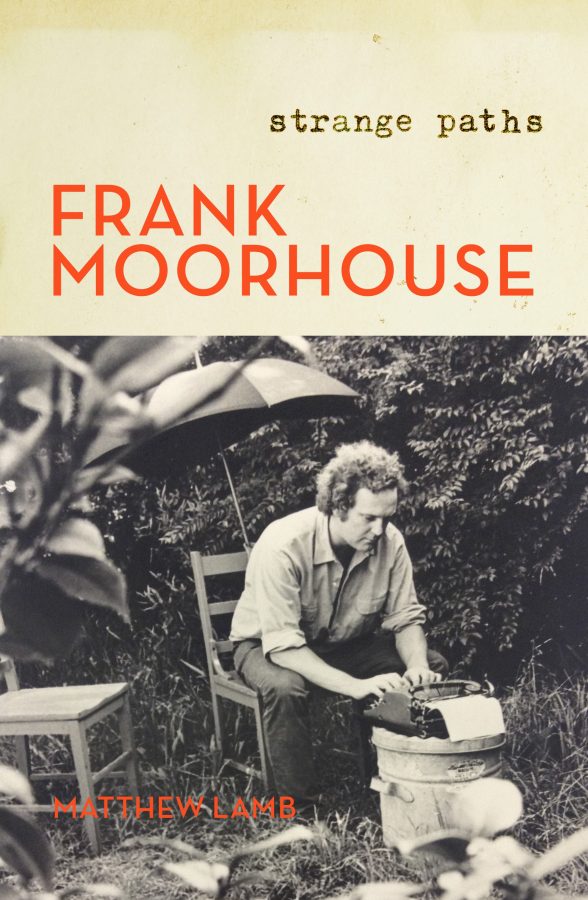While researching editing history in Australia, I found some of Craig Munro’s early advocacy on behalf of editors on the endpapers of a now obscure collection of conference proceedings. Printed on a textured, peach-coloured stock is a facsimile of Munro’s handwritten notes for his talk entitled ‘Final Working Draft’ from the 1990 ‘Editing in Australia’ conference. The conference was concerned with textual editing and the commonly held supposition of textual editing, that the author’s intention is key and that editors interfere, constrict, or even ruin a work, clearly irked Craig Munro, editor of some of Australia’s most celebrated authors such as Peter Carey and Frank Moorhouse. He was keen to point out that textual editing can ignore the processes through which a book passes on its way to the reader . Munro knew these processes intimately from his time at UQP, the house where he started as a junior and went on to become publishing manager. Munro was disappointed that the star speakers at the conference spoke as if the publishing editor and publishing process were not inextricably linked to the author and the author’s work. His comments continue on the endpaper at the back of the book:
Where the scholar labours to locate, define and analyse every minute textual variation, the publishers actively seek to remove ambiguity, inconsistency and blemish. Publishers are communicating with an audience – not communing with the dead.
Munro’s response adds up to a defence of the work of editors and in many ways his latest book is the continuation of that project, thirty years on. Literary Lion Tamers: Book editors who made publishing history is a hybrid work of memoir and history, one that describes the life and work of Australian literary editors and is animated by Munro’s personal curiosity and experiences. While telling the stories of how some books came to market, Munro also writes of his own encounters with the four editors featured in the book or their legacies. A.G. Stephens edited The Bulletin’s ‘Red Page’ which was the starting point for many of Australia’s most successful authors of the twentieth century. He shepherded Joseph Furphy’s enormous hand-written manuscript through production to become the hugely popular Such is Life. The second subject of the book, P.R. ‘Inky’ Stephensen had a number of entrepreneurial projects and notably published Xavier Herbert’s Capricornia. Stephensen had the most unusual life of all these editors, involved with far left and far right politics – and was the subject of Munro’s PhD – so it’s not surprising that he enjoys the lion’s share of the book’s pages. Beatrice Davis is perhaps Australia’s most famous editor, known for her work at Angus & Robertson with Thea Astley, Miles Franklin and Hal Porter. The briefest discussion is of Roseanne Fitzgibbon, a colleague of Munro’s at UQP who edited Peter Carey and Gillian Mears. Munro himself features, and so too do Richard Walsh and Nan McDonald.
Munro shares his working, explaining his process as he examines files at the National Library, State Library of Queensland, the Fryer Library at UQ and state archives, among others. A simpatico reader can feel a frisson of excitement as Munro recounts details of his research, such as when he describes finding the transcript of a tape recording at the Fryer Library. Xavier Herbert initially thanked his editor, P.R. Stephensen for his confidence that the book’s ‘“destiny [was] to become a classic’”. A later draft held at the NLA shows that Herbert deleted these lines – in the interim was a major falling out over the editing of Capricornia.
In the same way that the reader follows Munro’s progress through archives around Australia and in the UK, we also meet the individuals he interviews along the way. There’s Rosaline Stephensen, the famous editor’s younger sister, whose gesticulations filled her saucer with tea or the historian A.J.P. Taylor, who greeted Munro ‘at the door of his London townhouse dressed in slippers and a paisley-patterned smoking jacket.’ Munro clearly enjoys his detective work, tracing down people who can offer the next clue in his search for information about these editors and the books they brought to market.
Though there are mentions of ‘blue pencils’, most of the attention in the book is directed to how the editors manage the authors – as opposed to how they handle their words. In this way, Munro is more interested in Stephens, Stephensen and Davis as editors in the English or American sense – meaning the person who chooses what to publish and working to orchestrate its reception. In Australia, ‘editor’ refers to the person who does the detailed work on the manuscript and a ‘publisher’ is the gate-keeper and string-puller. They each developed a ‘capital of consecration’, as Pierre Bourdieu would put it, and their personal charisma and ability to persuade their peers of the importance of a book is just as important as their talent at helping an author improve a draft. Each of the editors in Literary Lion Tamers was successful in large part because of their ability to persuade authors to be published by them and, then to convince readers to buy their books.
When Stephensen was promoting Capricornia he was celebrating Herbert’s masterwork – while also ‘desperate to convince potential investors, authors, and the book trade in general’ that he could successfully publish the book. Munro details the difficulty of working with Herbert, his resistance to editing the sheer volume of material he delivered. In a similar vein, Munro notes that ‘Davis’s enthusiasm for her authors made good copy for the social pages.’ Editing is far more than blue pencils and red pens – these editors performed a function beyond the text as they proselytised for the books in the markets of culture and capital.
Munro goes into less detail about the editorial process for any given book and more about the lives and times of the editors and authors. He uncovers some fascinating histories. Shortly before Inky Stephensen was to board a boat to return home after his studies in the UK in the early 1930s, ‘the director of MI5, Sir Vernon Kell, wrote to his counterpart in Australia that the Queensland Rhodes Scholar concerned in the formation of revolutionary groups at Oxford was heading home.’ Only a few years later, after completing the bulk of his editorial work in Australia for the Bulletin and other enterprises, Stephensen founded the Australia First movement and, in the National Archives in Canberra, Munro read that ‘The Military Police Intelligence (MPI) agency reported that Stephensen’s movement was “Anti-British, Anti-American violently Anti-Jewish, Anti-Communisitic [sic], and Pro-Japanese.”’ This once promising publisher was to spend most of the Second World War in internment camps.
As well as these political and social scenes, there are more prosaic anecdotes such as the origin of the term ‘furphy’ and how Thomas Davis adopted the pen name Steele Rudd as his Dad and Dave stories became a cultural phenomenon.
As an editor who is researching a PhD on Australian editing and publishing history, I have a particular interest in the specifics of the editing process. There are some jumps in the narrative – such as the leap from Joseph Furphy drafting his novel in his back shed to the reception of Such is Life – where I would have liked to keep pace with each step of the journey. Munro mentions Stephens’ suggestion that the book could be split into two or three sections – but goes on in the next sentence to say that ‘Eventually Furphy reduced his original text by twenty-five per cent’. It’s not quite clear whether this was the result of Stephens’ commentary or something that Furphy decided on unilaterally.
Following P.R. Stephensen’s early career we encounter Jack Lindsay offering Stephensen a ‘selection of erotic lyrics, along with an article deriding academics’ when he was an editor at the student magazine. In the next sentence, the university is destroying all ‘unsold copies’ and the process that turned a pile of papers to a finished magazine isn’t mentioned.
Munro is very adept on the economics of publishing – he doesn’t flinch when it comes to discussing money and sales. Munro contextualises Stephensen’s plans to sell ‘6,000 copies per title’ from his Endeavour Press by commenting that ‘In the twenty-first century, with a much larger readership, only a few bestselling books by local authors ever exceed 3,000 copies in hardback … Average sales are much lower …’. Munro’s experience in publishing, and his work on books such as Paper Empires: A history of the book in Australia and UQP: The Writers’ Press brings a useful perspective.
A trope that has remained in circulation for at least a century is the comparison between editing and midwifery. In 1956, when Davis told Herbert she was ‘involved in [his] struggle to give birth’ she was echoing the words of one of recent history’s most famed interventionist editors, Ezra Pound. Though Pound, unprepared for such a gendered term as ‘midwife’ and ever-fond of a pun called himself Eliot’s ‘sage homme’ in helping birth ‘The Wasteland’. There’s a gentle firmness to this characterisation of the job which is at odds with the ‘lion tamers’ of the book’s title. For the most part, these editors, like most of their colleagues, didn’t seem to be in the business of ‘taming’ writers. The exception to this rule is Xavier Herbert who claimed ‘no one edited “capricornia” but myself’. Instead, the editors’ work lay in encouraging, cheering and keeping authors afloat.
In the case of Ernestine Hill, Davis and others at Angus and Robertson were responsible for sending her regular cheques both when she was earning out her advances and when she wasn’t because they knew of her dire financial position. Or take Inky Stephensen’s approach to publishing D.H. Lawrence’s paintings. As Munro writes: ‘By nature more pugnacious than Lawrence, Stephensen was prepared to provoke a test case against the obscenity laws on behalf of Lawrence.’
Stephensen is entrepreneurial and daring in his publishing, in contrast to the work of Beatrice Davis and Roseanne Fitzgibbon. Literary Lion Tamers offers a description of the huge, and continued, gender imbalance in publishing. Of the seven editors who are prominent in the book, it is only the women who were not promoted above editor for the duration of their careers and who were tasked with entertaining as well as editing. Beatrice Davis treated authors to a ‘sandwich lunch that she had prepared’ when they visited her A&R office on Castlereagh Street and Fitzgibbon would ‘frequently host lunches with writers, artists and editors, cooking vegetarian meals … along with platters of exotic sweets.’ Munro and Fitzgibbon started at the same time but, like many of her female peers, Fitzgibbon had children (Munro recounts a time that he visited her office and it took a little while for her to open the door – Fitzgibbon had been napping as she was pregnant with twins) and later went freelance. Munro worked as head of fiction and later publishing manager at UQP. Obviously not all editors who started in the seventies went on to run departments – this isn’t to detract from Munro’s achievement – but a comment on the fact that the inaugural Beatrice Davis fellow, like other editors who were so honoured after her, didn’t climb the ladder in the same way as her male colleagues.
Munro discusses some of the most influential players in Australian publishing, several of whom who have been the subject of book-length works, such as Jacqueline Kent’s biography of Beatrice Davis, Munro’s own biography of Stephensen and Vance Palmer’s edited collection of Stephens’ work. None of his subjects is a person of colour. Indeed there has been very little writing on the contributions of editors from marginalised backgrounds to Australian literature. It remains true that First Nations editors and people of colour are underrepresented in the industry. The question of how to fix this problem was one of the questions that the 2020 Beatrice Davis fellow, Radhiah Chowdhury examined in her fellowship report, ‘It’s Hard to Be What You Can’t See’, which investigated the kinds of biases operating in publishing and the kinds of discrimination editors from marginalised backgrounds face in their working life in Australia and the UK.
At a time when publishing courses offered at universities are well patronised, it seems there are many people as eager as ever to take part in the publishing industry. Having a sense of the past certainly helps make informed decisions about the kind of future we want. Book sales were up in 2020 and publishing with a mission is performing well. The Black Lives Matter movement has pushed books sales meanwhile awards with a clear agenda such as the Stella Prize have a clear impact on the market: readers are helping to drive change. Books like Munro’s give the next generation of editors part of the historical backgrounding they need as they work to construct the future.
Works Cited
Bourdieu, Pierre, and Randal Johnson. The Field of Cultural Production: Essays on Art and Literature. Columbia University Press, 1993.
Chowdhury, Radhiah. It’s Hard To Be What You Can’t See. 2020.
Eggert, Paul, and Australian Defence Force Academy, editors. Editing in Australia. English Dept., University College ADFA ; Distributed by New South Wales University Press, 1990.
Ford, Mark. Ezra Pound and the Drafts of the Waste Land. 13 Dec. 2016.
Munro, Craig, and Robyn Sheahan-Bright, editors. Paper Empires: A History of the Book in Australia, 1946-2005. University of Queensland Press, 2006.
—UQP: The writers’ press. University of Queensland Press., 1998
—Wild Man of Letters. Melbourne University Press, 1984






